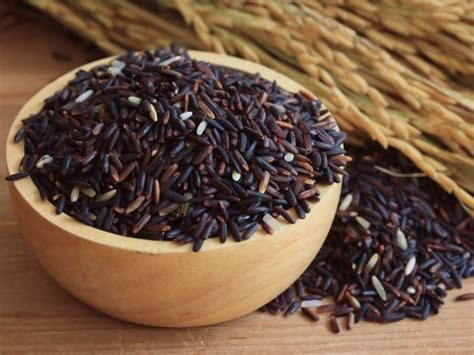Rice is a staple food for many cultures around the world and comes in a variety of types. Here’s a brief overview of some different types of rice:
Long Grain Rice: This type is about three to five times as long as it is wide and is known for being light and fluffy when cooked. It’s versatile and used in dishes like steamed rice, pilafs, and stir-fries.
Medium Grain Rice: These grains are shorter and tend to be somewhat sticky, chewy, and creamy. It’s commonly used in risotto, paella, and rice puddings.
Short Grain Rice: These grains are even shorter and become soft and sticky when cooked. They’re ideal for sushi, rice balls (onigiri), and desserts.
Each grain of rice consists of four parts: the hull, bran, white, and germ. The processing of rice affects its texture, flavor, and culinary uses.
There are also specialty and aromatic rice like:
Basmati Rice: Known for its fragrant aroma and is commonly used in Indian cuisine.
Jasmine Rice: Aromatic rice that’s slightly sticky and used in Southeast Asian dishes.
Arborio Rice: Often used in Italian risotto due to its creamy texture when cooked.
Wild Rice: Not actually rice but the seed of an aquatic grass, it has a nutty flavor and chewy texture.
And many more, including varieties like black rice, red rice, and sticky rice, each with unique characteristics and uses.
Is black rice most nutritious?
The most nutritious types of rice are whole-grain varieties that retain all their natural nutrients. Among them, black rice stands out as a nutritional powerhouse. It’s high in fiber and nutrients that lower cholesterol, promote healthy digestion, and stave off chronic disease. Black rice is also rich in antioxidants, particularly anthocyanins, which have powerful anti-inflammatory properties.
Brown rice is another nutritious choice as it is a whole grain that contains several flavonoids and is slightly higher in protein and fiber than white rice¹. These nutrients contribute to a feeling of fullness and can help maintain a moderate weight, as well as regulate blood sugar levels.
Wild rice, which is actually the seed of an aquatic grass, is also packed with antioxidants and is high in fiber, aiding in digestion and lowering cholesterol.
While these varieties are particularly nutrient-dense, it’s important to note that all types of rice can fit into a nutritious, well-rounded diet.










Leave a comment